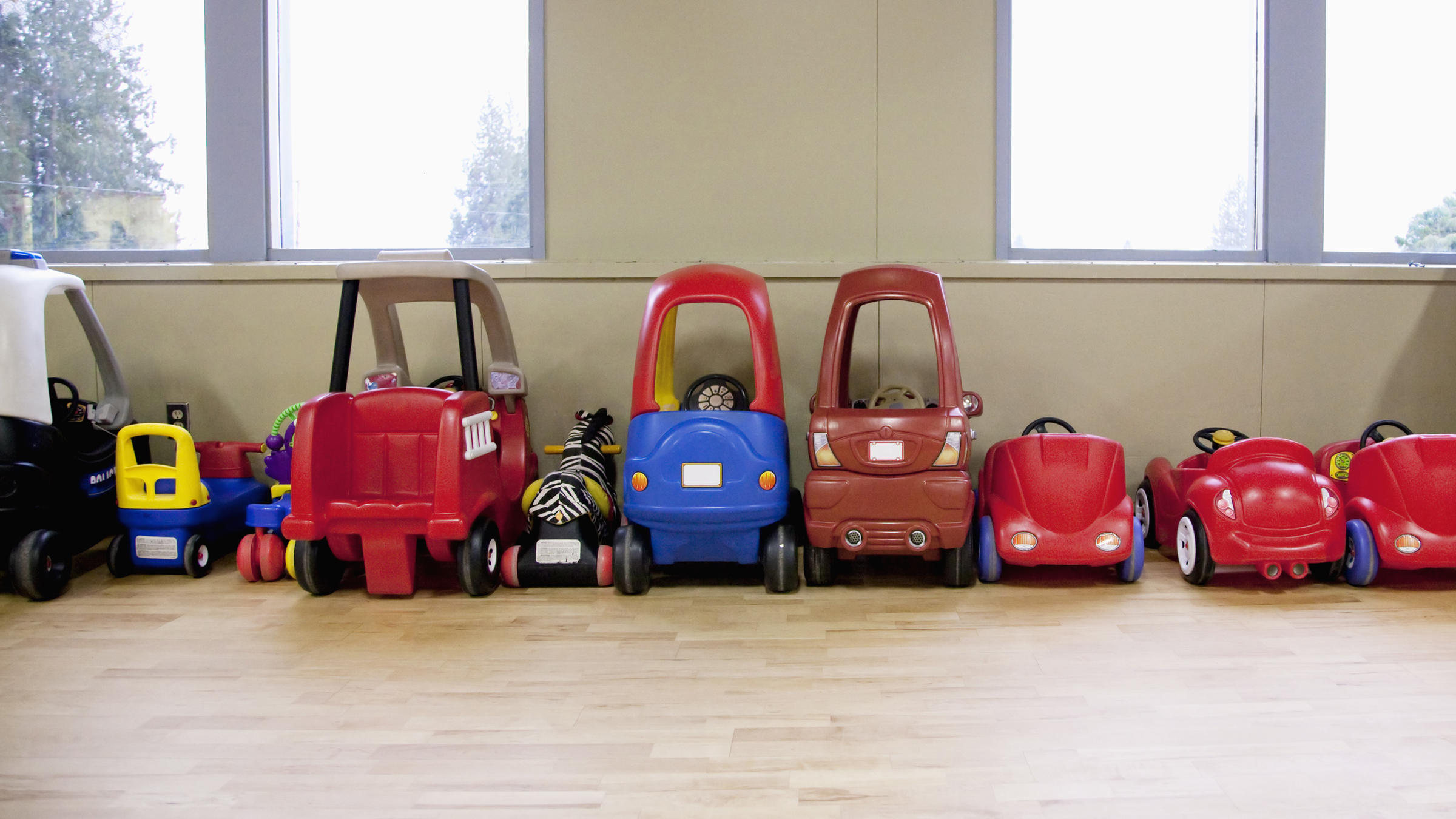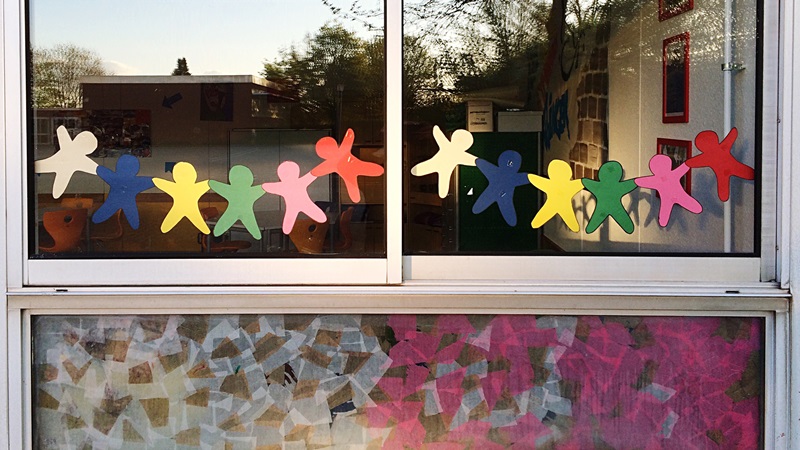As parents are furloughed, laid off, or otherwise ceasing work due to the COVID-19 pandemic, overall demand for child care services has dropped by as much as 75 percent in some communities. Meanwhile, child care providers still in operation face health- and safety-related cost increases. These challenges arise in a child care market already facing significant headwinds prior to the pandemic.
The success of national and local responses to the pandemic will depend in part on mitigating the impact on child care providers, as the sector will play an important role during the nation’s response and recovery. In the short term, health care professionals, first responders, and other essential workers need child care providers to care for their children. In the long term, a robust child care market will support out-of-work parents as they go back to their jobs or re-enter the labor market.
Child care balance sheets weren’t pandemic-ready
Child care providers faced challenges before the COVID-19 pandemic, despite strong demand for their services. Profit margins for child care are thin. While providers often bring training in early childhood development to their work, they rarely have a formal education in business practices. And child care providers tend to have limited access to cash reserves or credit lines, because they don’t often work with traditional lenders. In short, many child care businesses lack the business capacity to withstand a sharp drop in revenue.
When the COVID-19 pandemic arrived, many child care businesses closed in response to the steep drop in demand. At the same time, state and local governments identified child care as a key service for frontline workers with young children. In response, government and philanthropy began efforts to keep a sufficient number of child care businesses operating.
Child care providers that remain open need to change some practices to maintain safe environments for children during the pandemic. (For example, see the Centers for Disease Control’s “Guidance for Childcare Programs that Remain Open” web page.) Industry observers are still assessing the total cost to implement these practices. The most significant cost may be in implementing and maintaining the smaller child-to-staff ratios necessary to limit potential virus exposure for children and staff members. Less costly are sanitizing practices, which providers must now perform more frequently. Providers may also need to close for days to disinfect following a potential exposure to the virus.
The new costs make a challenging business model even less manageable. The extent to which government and philanthropy support child care will influence how many providers can serve essential workers now and, looking ahead, how many can make it through the pandemic-related economic downturn. The National Association for the Education of Young Children surveyed child care providers throughout the country during the middle of March. Across providers in five of the six states that lie wholly or partly in the Ninth Federal Reserve District—Minnesota, Montana, North Dakota, South Dakota, and Wisconsin,1 over half of respondents, mostly home-based family child care providers, said they would not survive closing for more than two weeks without public investment and supports that allow them to compensate and retain staff, pay rent, and cover other fixed costs.
How many essential employees need child care?
Industry observers are working with providers to estimate demand for child care during the economic downturn. Their analyses may help providers decide whether to stay open, and may also help inform policymakers on what volume of supplemental resources is required to make sure essential workers have access to child care. A host of complex, interrelated factors inform these estimates. These factors include the number of jobs states deem essential for critical infrastructure, the number of parents in those jobs who need child care, and parents’ child care preferences during the pandemic.
A mapping tool from the Federal Reserve Bank of Atlanta estimates the number of health care workers and first responders who need child care by state and metropolitan area. Across Minnesota, Montana, North Dakota, South Dakota, and Wisconsin, up to 138,000 of these frontline workers may need child care, representing about a quarter of the health care and first responder workforce.
Demand for child care also includes workers in other industries necessary to maintain the services and functions people depend on daily. An analysis by researchers at the Brookings Institution estimates that 34 to 43 percent of the total U.S. workforce hold jobs in industries that the Department of Homeland Security designates as critical infrastructure. However, each state that issues a stay-at-home order decides which industries it deems critical. For example, up to 78 percent of jobs were categorized as critical under the Minnesota governor’s initial stay-at-home order, including jobs in the child care sector.
Across critical and non-critical industries, governors have encouraged people to follow work-at-home arrangements as much as possible. According to an Atlanta Fed analysis based on data from the Bureau of Labor Statistics, almost 30 percent of workers could work from home during 2017–2018. However, depending on their job expectations and household circumstances, these workers might not be able to care for their children while doing so.
Despite being designated as critical, some industries have experienced layoffs that have left workers at home and thus available to care for their children themselves. Some critical industries are hiring, such as warehousing and delivery services, but unemployment insurance claims indicate that employment is down significantly across many critical and non-critical industries. Factoring in still-employed parents who are now working at home, child care use is down to about 25 to 40 percent of pre-pandemic levels.
Another factor in child care demand is parental preferences for child care settings. With more family members and neighbors not working, parents may have access to more family, friend, and neighbor child care. However, social-distancing practices during stay-at-home orders and exposure risks to adults over age 60 could work against forming or maintaining these care arrangements.
Resources for child care
In order for the child care sector to serve essential workers today and help parents return to work once the economic recovery begins, child care providers will need tailored assistance. Although providers may be eligible for the emergency resources that are available for businesses, they may have difficulty accessing them, because many providers lack experience borrowing from banks and working with Small Business Administration (SBA) programs. Banks originate loans for the two biggest COVID-19 relief programs for small- and medium-sized businesses: the Federal Reserve’s Main Street Lending Program, which is provided in coordination with the U.S. Department of the Treasury; and the SBA’s Paycheck Protection Program, or PPP (for which loans are also originated by non-bank lenders).
These two programs might not meet child care providers’ needs anyway. The Main Street Lending Program’s minimum loan size is $1 million, larger than what most child care providers are in a position to borrow, and the SBA’s emergency programs are currently oversubscribed relative to the allocated funding. While granular data are not available, anecdotal reports indicate that only a small number of child care providers applied for and received PPP loans before the funding ran out. It appears that family child care providers particularly struggled to navigate the program. As of the publication of this article, Congress is reportedly near a deal to add more funding for the PPP.
Fortunately for child care providers, the federal government and some states have included financial and other support specifically for child care in their responses to the economic impact of COVID-19. The offerings include relaxed regulations and more flexibility in funding streams to reflect the extraordinary market circumstances. For example, to support the supply of child care, some providers that were serving children whose families pay for care using government-funded subsidies may continue to receive those payments for a period of time, even if they close.
Additional support for child care was included in Congress’s third COVID-19 stimulus package—$3.5 billion for states through the federal Child Care Development Block Grant (CCDBG) Program, which distributes funding to states to provide child care subsidies to low-income families.2 To put that dollar figure in perspective, it’s equivalent to 43 percent of the amount of funding the federal government provides annually through the CCDBG Program. Stimulus funding levels include the following:
- $48.1 million for Minnesota;
- $10.1 million for Montana;
- $6.0 million for North Dakota;
- $9.0 million for South Dakota; and
- $51.6 million for Wisconsin.
The stimulus funding is designed to support providers that serve children of essential workers. It can be allocated through September 2021 and can be paid to providers that either participate or don’t currently participate in the child care subsidy system. As the economic impact of the pandemic persists, more support will likely be needed, both for open providers to continue serving essential workers and for closed providers to prepare to reopen.
States also have the option to act on their own. For example, ahead of the federal government’s stimulus package, the Minnesota Legislature passed a $30 million grant program to support child care providers that serve essential workers, and North Dakota’s Child Care Emergency Operating Grant Program has distributed funding to more than 600 child care providers.
Much of the federal aid for states and local governments passed thus far is restricted to specific pandemic-related expenditures. The child care sector may still benefit if the aid allows states to retain more of their own reserves and revenues as a result, or if states receive further federal stimulus. However, a protracted recession will reduce many states’ typical revenue sources, which could threaten existing state investments in child care subsidies or quality-improvement efforts. Further strain will likely come from a pandemic-caused increase in the number of families eligible for child care subsidies.
The future for child care
In the days ahead, much will depend on how long the pandemic-related economic downturn lasts and whether more resources for child care become available. Both factors will affect how well providers perform during the crisis and their role as the economy starts moving again. If a relatively large share of providers closes and moves away from the child care sector, the economy could find itself with inadequate supply as it is trying to rebuild, especially if the economy bounces back relatively quickly. Just before the COVID-19 pandemic arrived, concerned businesses were becoming more vocal about how the short supply of child care was affecting their ability to hire and retain employees.
A more extended economic downturn like the Great Recession that includes a protracted labor-market recovery would set the child care sector back longer. However the economic recovery after this crisis unfolds, parents with young children will need child care in order to participate in it.
Endnotes
1 Data for Wisconsin are for the whole state, not just the 26 counties in northwestern Wisconsin that lie in the Ninth District. Excluded from this analysis is the Ninth District portion of Michigan, which is made up of the 15 counties of the Upper Peninsula.
2 For more on the CCDBG Program, see our 2019 feature on how the 2014 reauthorization of the program has affected families and child care providers.







